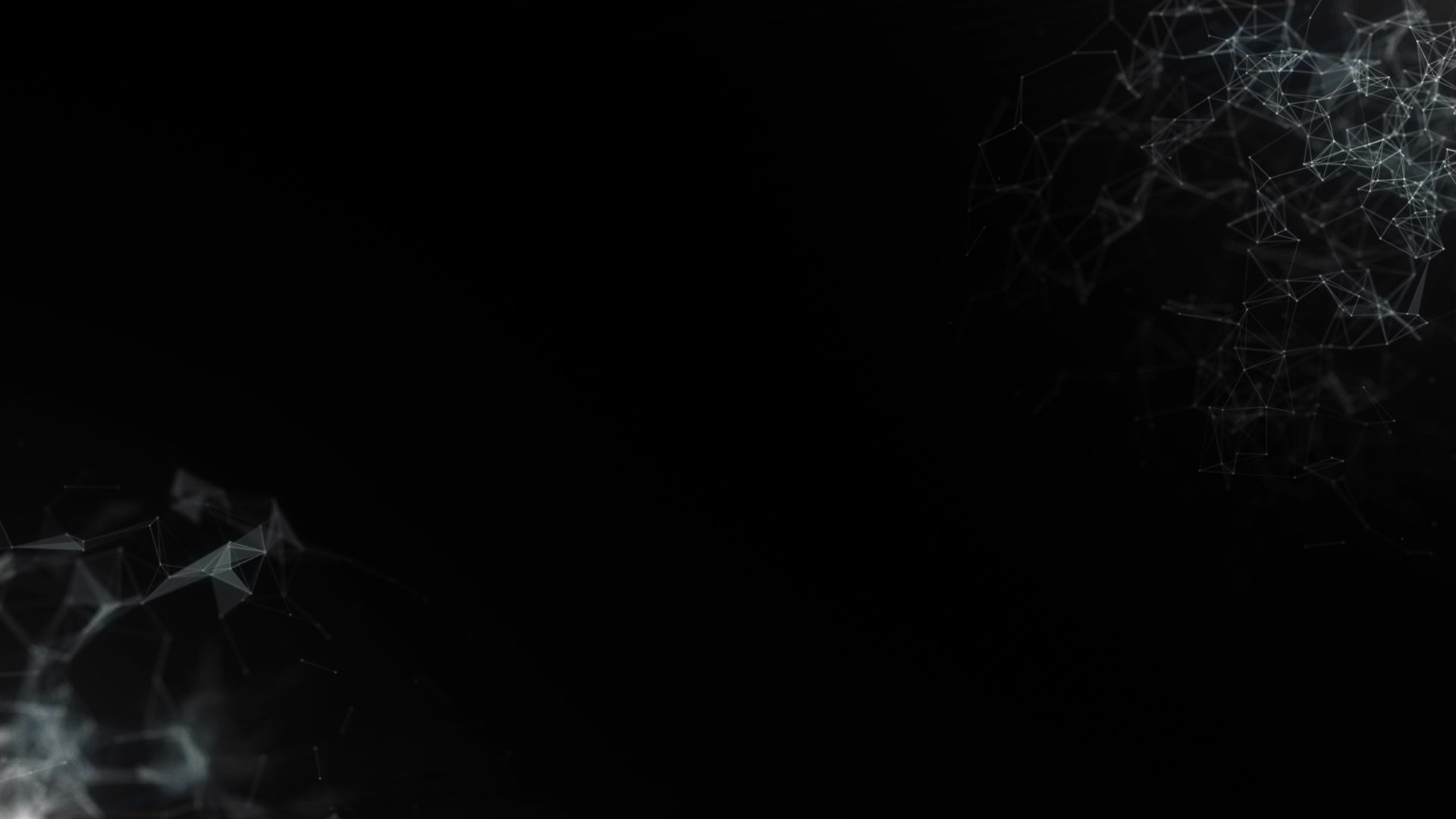
Khazan, Olga. “This App Reads Your Emotions on Your Face.” The Atlantic, Atlantic Media Company, 15 Jan. 2014, www.theatlantic.com/technology/archive/2014/01/this-app- reads-your-emotions-on-your-face/282993/.
Khazan, Olga. “This App Reads Your Emotions on Your Face.” The Atlantic, Atlantic Media Company, 15 Jan. 2014, www.theatlantic.com/technology/archive/2014/01/this-app- reads-your-emotions-on-your-face/282993/.
History
In 1975, John Reynolds and Maris Ambats popularized the mood ring, though the original idea is said to have come from Marvin Wernick, as an emotion reading technology. The mood ring was a very inexact reading however, as other things such as weather could affect temperature, and mood does not always depend or show with body warmth. However, the mood ring was a defining fashion statement of the 1970's and were worn by several famous celebrities in it's time. Any readings of a mood ring are faulty at best.


In 1964, scientists Woody Bledsoe, Helen Chan Wolf, and Charles Bisson created an algorithm for a computer to identify points on a face from a photograph. Problems with the technology at its beginning included, according to Woody Bledsoe, "great variability in head rotation and tilt, lighting intensity and angle, facial expression, aging, etc." This type of program paved the way for more advanced software that would it to identify emotions on a human face.
Between 1950’s-1990’s, psychologist Paul Ekman classified facial expressions based on muscle groups in the upper and lower portions of the face through the Facial Coding System. Though the research focused on a set of universal emotions, it was not well controlled for external validity across all races and cultures. Moreover, this research is not applicable in the case of individuals suffering from prior muscular condition. Therefore, its overall application was found to be limited.
